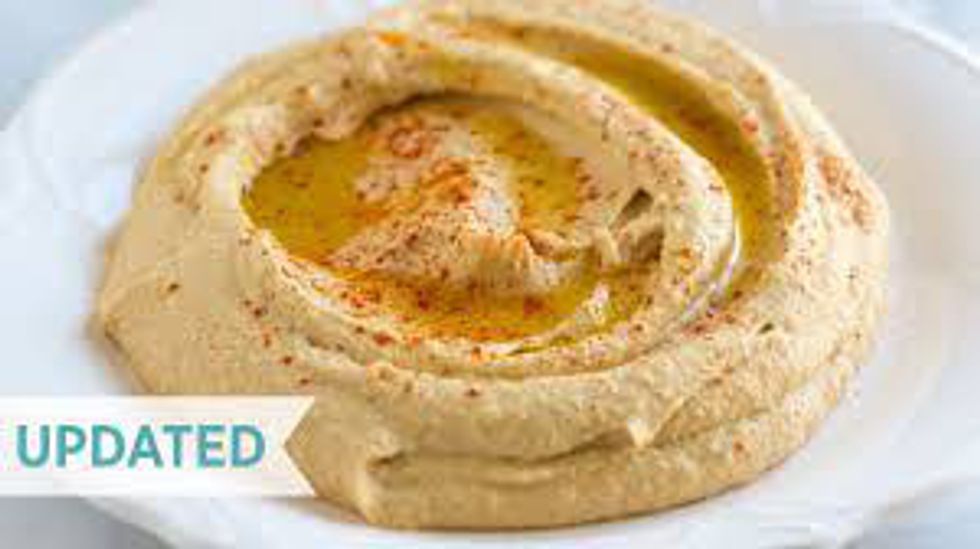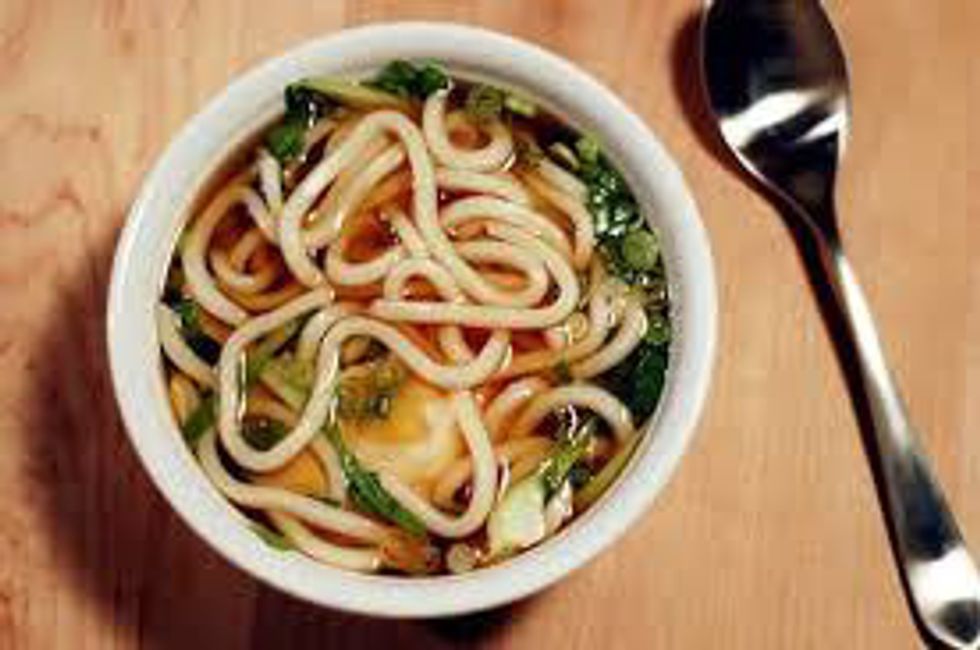The World on a Plate by Mina Holland features a hundred recipes and forty cuisines. The text also provides geographical information regarding the country or region in which the dish originated. After understanding the available resources of an area, one can process the logistics of the cuisine. Cuisine is different from a recipe, because it reflects the available produce, climate, and terrain in a particular region (Holland, 3).
Below, I have included three recipes and descriptions offered in The World on a Plate.
We will start with something sweet from Eastern Europe, Babovka; the dish is Slavic and originated during the rise of communism. The restrictions on certain cooking materials during the time period inspired individuals to produce a delicious treat with the available ingredients. The Polish cake is similar to the commonly known marble cake.
The next recipe is Hummus from Israel. Israel's cuisine is a culmination of Middle Eastern dishes and produce; during WWII, immigrants introduced Jewish dishes that included a unique change to cooking methods and ingredients. Humus in particular was greatly influenced by Palestinians similar to a multitude of other dishes frequently cooked in Israel.
Udon (beginners), is a simple Japanese noodle dish. Noodles are essential to the Japanese diet as it is low-fat and inexpensive. The entire essence of Japanese cuisine consists of foods that are low-fat, nutritious, and inexpensive; the purpose is to achieve sufficiency.
I encourage you to read and discover the incredible cuisines around the world as it is necessary to understanding other cultures.
Holland, M. (2014). World on a Plate. New York, New York: Penguin Group.






















